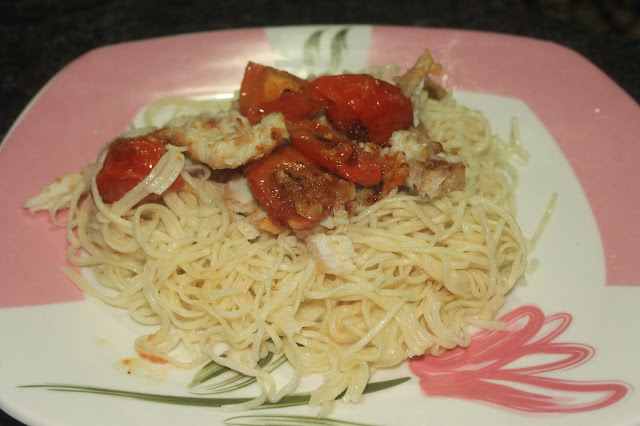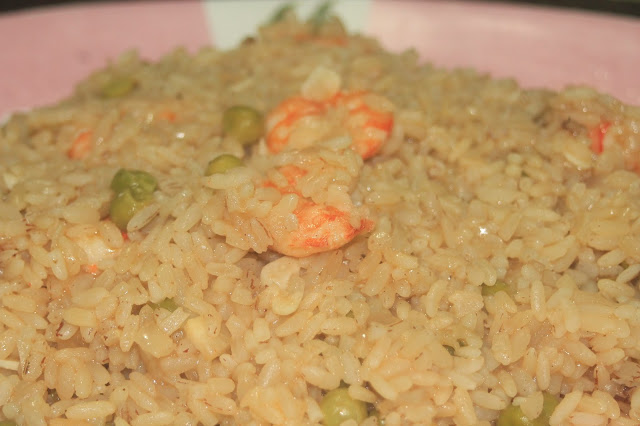Laal Maas is a Rajasthani curry that gets its wonderfully rich red colour from broiled onions, ginger and garlic, and a ground red chill paste. There are variants that use tomatoes to thicken the gravy and heady spices like cinnamon, cardamom and star anise, but that isn't true to the recipe. Rajasthani Laal Maas is made with a handful of cloves, and relies on the slow broiling of the onions, ginger and garlic in oil to a burnished red paste for that wonderful caramel flavour. This preparation also uses a thick red chilli paste, made with mathania chilies, which are a rich red colour but lack the bite of a chilli. To substitute, kashmiri red chillies can be used, or a combination of dried red chilies and kashimi red chillies, depending on your spice tolerance. The meat used is mutton, as it stands up to the slow broiling needed and has a flavour that lamb sorely lacks.
Ingredients
- 500 g mutton, cut into bite sized pieces
- 4 tbsp ginger garlic paste
- 1 large onion, sliced lengthwise
- 10 cloves
- 1 1/2 cup whisked curd
- 8 mathania red chillies, ground into a thick paste
- 1 1/2 cup water
- 2 tbsp mustard oil
- 1 small piece of charcoal
- 1 tbsp salt
Method
- Heat 1 tbsp of the oil in thick bottomed pan, until its hot but not smoking. Add the cloves and let them crackle. Then add the onions and cook until it turns translucent.
- Add the ginger-garlic paste and stir vigourously to prevent it from sticking. Lower the heat and slow broil it till the onions and ginger-garlic paste caramelise and turn a burnished red colour.
- Add the mathania chilli paste and continue cooking on low heat until it melds into the paste.
- Add the mutton pieces and toss around to make sure the paste evenly coats the pieces. Continue slow broiling and brown the mutton pieces.
- Add the curd and salt, and mix around. Add the water and bring to a boil.
- Transfer to a pressure cooker and cook on high heat till the pressure builds. Once the pressure builds, lower the heat and cook for 20 minutes, until the meat is tender and falls off the bone.
- Heat and activate the charcoal, then transfer it into a shallow bowl.
- Place the charcoal bowl in the middle of the curry and pour the remaining mustard oil over the charcoal.
- Once it starts smoking, cover the gravy with a tight fitting lid. Let the gravy absolve the smoke for a at least 20 minutes. Then remove the lid and bowl and serve hot with plain rotis or rice.





























